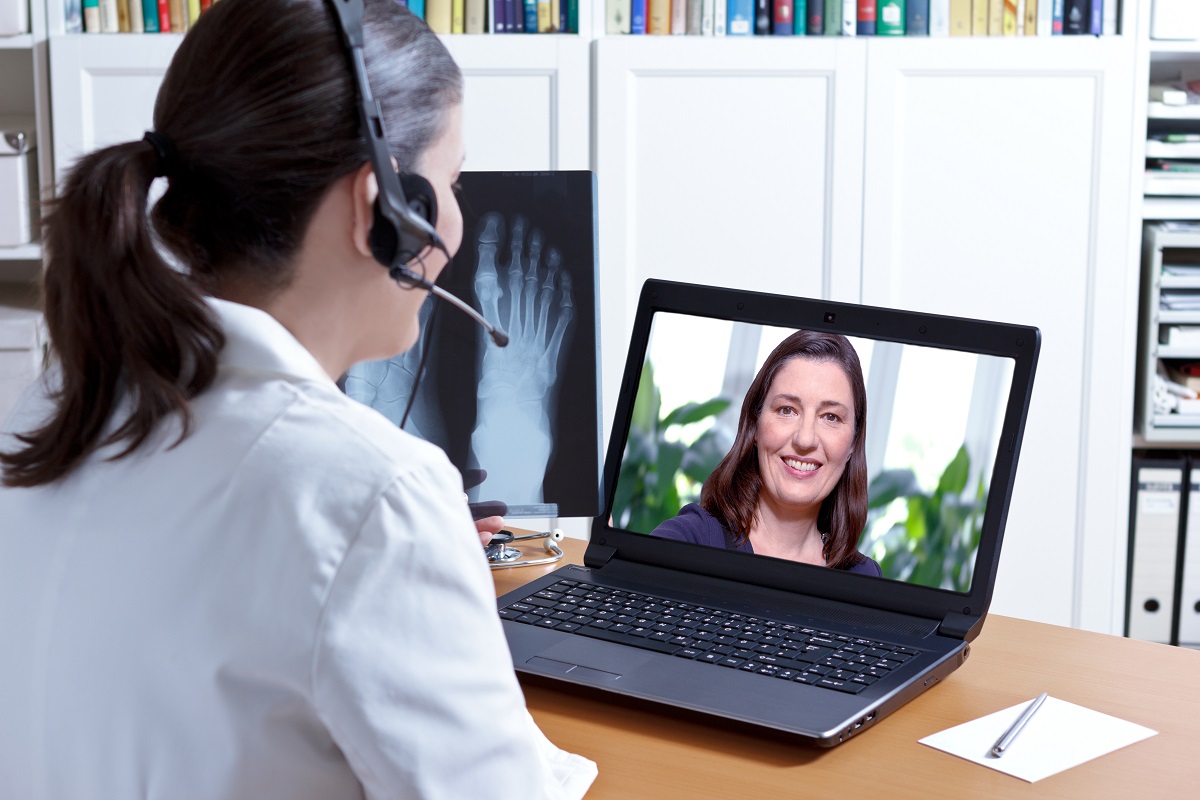- Technology and research have revolutionized healthcare, leading to advancements in medical devices.
- Wearable technology like fitness trackers and smartwatches can now monitor vital signs and alert them of potential health concerns.
- Electronic health records (EHRs) streamline workflow processes and make communication between healthcare providers more secure and efficient.
- Medical research clinics conduct trials, treatments, and observations to collect data and further the medical field.
- These innovations have led to faster diagnoses, better treatments, improved patient outcomes, and reduced healthcare costs.
Innovations in healthcare have been a driving force behind improving patient outcomes, and technology and research have played an essential role in this process. The healthcare industry continually evolves, and significant advances have been made recently.
These developments have led to more effective treatments, better patient care, and overall improvements in healthcare.
The vast and diverse healthcare industry encompasses a broad range of medical professionals, services, and facilities. Healthcare is one of the most critical industries in any country, as it provides essential care to people who are ill or injured.
The primary goal of the healthcare industry is to provide high-quality care that is safe, effective, and accessible. As the industry has evolved, so has the technology supporting it.
Technological Innovations in Healthcare
Technology has been a game-changer in healthcare, with advancements in medical devices, telemedicine, data analytics, and other innovative solutions transforming the industry.
These innovations have led to improvements in both patient care and outcomes. Technology has enabled healthcare providers to deliver more personalized care, track patient data more effectively, and improve workflows and patient engagement in their care.
Here are some examples of technological innovations in healthcare.
Telemedicine
Telemedicine is a technology that allows healthcare providers to diagnose and treat patients remotely. Patients can now connect with their preferred physicians and other healthcare providers from their homes. It has been a game-changer for people in rural or remote areas who may not have immediate access to medical facilities.
This technology also enables patients to receive care more quickly and at a lower cost than traditional medical appointments.
Wearable Technology
Wearable technology like fitness trackers and smartwatches are no longer just for tracking exercise and steps. These devices can now monitor vital signs, detect abnormalities, and alert patients or their healthcare providers of potential health concerns.
It can also assist with monitoring patients that have chronic conditions or require continuous care, like diabetes and heart disease.
Electronic Health Records
Electronic health records (EHR) have transformed patient data collection and storage, promoting more coordinated and personalized care. EHRs have streamlined workflow processes and improved care quality and patient safety by providing real-time and accurate reports.
In addition, cloud-based EHR technology offers a more secure and efficient way for doctors and healthcare organizations to communicate and share information than the traditional paper-based approach.

Medical Research Clinics
Medical research clinics are places where medical professionals conduct various trials, treatments, and observations in a controlled and regulated environment.
The goal is to collect data, analyze, and interpret its results to advance the medical field. Medical research clinics are usually associated with hospitals, universities, and pharmaceutical companies and have become essential to healthcare.
Clinical trials are testing various treatments and medications on humans to determine the safety and effectiveness of new and established treatments. Observational studies employ techniques to examine outcomes within a group, observing and manipulating one or more factors to observe their relationship with the outcome.
Clinical Trials
Clinical trials are scientific studies designed to evaluate and test new treatments, medications, vaccines, or medical procedures before they are approved for use by the wider population.
These trials help medical investigators determine whether or not a new intervention is effective, safe, and effective compared to those already available in the market.
Observational Studies
Observational studies are observational research techniques conducted on a group of people or objects to illuminate the factors that affect the outcome and behavior of that group. These studies are helpful for testing hypotheses, developing new treatments, and understanding human behavior and decision-making in different situations.
Improved Patient Outcomes
Patient outcomes have been observed to be the most critical measure of success in healthcare. These are examples of how technology and research improve patient outcomes in society and the community.
Faster diagnoses
Technology, such as telemedicine, laboratory test monitoring applications, and wireless heart monitors, makes it easier for medical professionals to diagnose and treat diseases faster than ever.
With telemedicine, treatments are available for remote patients, improving access to healthcare for people in remote areas. Remote monitoring tools enable medical professionals to keep a closer eye on the patient’s condition, detecting any issues in real time and reducing the risk of disease progression.
Better Treatments
Advancements in medical research have led to the development of new treatments and medications for various medical conditions. Cancer treatments such as immunotherapy have become prevalent in recent years and have helped save numerous lives.
Technology such as artificial organs and robotics has also made better surgical outcomes and more excellent success rates possible.
Reduced Healthcare Costs
The use of technology has also led to reduced healthcare costs by facilitating remote monitoring and telemedicine. This has led to increased preventative care, improving patient health at a lower cost. Additionally, more timely diagnoses of medical conditions have led to decreased hospitalization and the need for more extensive treatments, reducing healthcare costs overall.

The healthcare landscape is continually changing, and the growing use of technology in healthcare is a significant part of that transformation. Technological innovations in healthcare provide better care and outcomes for patients and providers. The rise of telemedicine, wearable technology, and EHRs are all game-changers for the industry.
They empower providers to deliver care more efficiently and effectively, leading to better patient outcomes. As healthcare continues to evolve, healthcare organizations and providers must adopt these innovative solutions and technologies to keep up with the industry’s growth.







